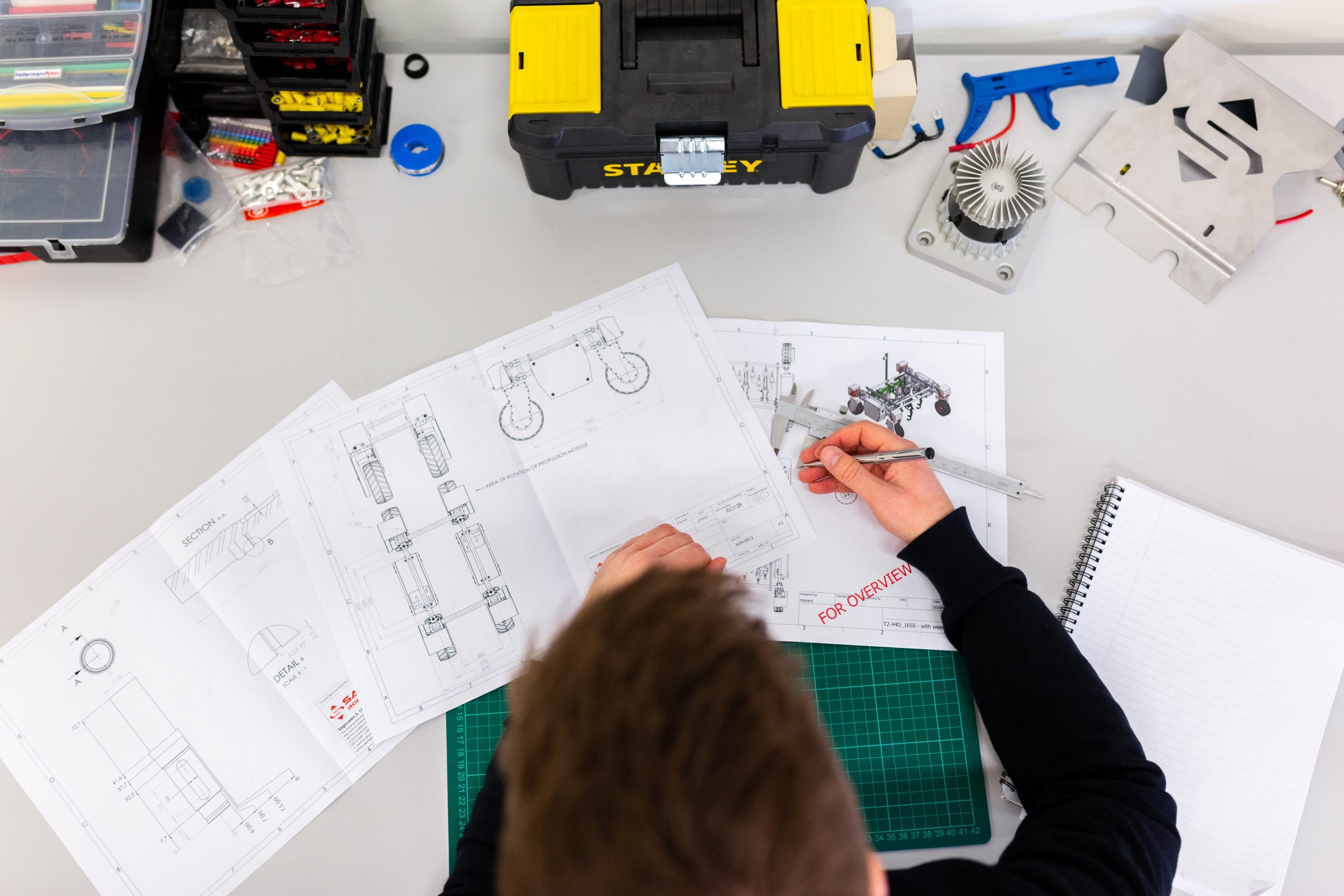STEM is the study of Science, Technology, Engineering and Mathematics and moreover a specific approach of teaching and learning that considers the individual needs and varied interests of students. The acronym was first used in 2001 in the US National Science Foundation. Another term that emerged out of STEM is STEAM which has gained sufficient importance in the present world. STEAM is the incorporation of Arts into the domain of engineering pedagogy. Here’s what makes STEM and STEAM education different.
Reformation Engineering Education
What is STEM?
STEM is the study of hardcore engineering skills and implementing them in a practical and interdisciplinary manner. It stands for science, technology, engineering, and mathematics where each of these contribute to building innovative, critical thinking and problem solving skills. Despite taking these four as different entities, it integrates them into one. What makes STEM different from traditional pedagogy is giving students scope to create and build, rather than just replicating what is already known.
What is STEAM?
STEAM is a term which has evolved from STEM but involves arts as well to solve real life issues. As it incorporates both scientific and soft skills as access points for building student’s curiosity. Leveraging both of the streams not only helps students achieve a better understanding of solutions that work out. Its intersection presents a pedagogy approach that develops students into thoughtful risk takers, experimental learners and problem solving individuals.
STEM vs STEAM
- Inclusion of Arts
STEM was introduced to represent a unique approach to learning that equips students to gain the right skills and knowledge in the engineering domains. STEAM involves the teaching of creative and analytical skills while solving engineering problems. This has widened the horizon of the science domain along with giving the educators a way to benefit from hands-on learning and collaboration.
- Difference in approach
STEM is purely associated with solving the global economy problems across the disciplines of engineering. It would involve the hard core scientific skills to solve a problem or create a new concept. When arts is merged with the engineering field, students get to involve curiosity and creativity at the core. So, the approach becomes slightly different. STEAM involves utilizing both mechanical and soft skills for finding solutions.
- Subjects in STEM and STEAM
Another point of difference in STEM vs STEAM lies in the subjects children study after opting. STEM includes subjects like calculus, chemistry, physics, biology, engineering, biochemistry, computer science etc. Whereas STEAM involves studying humanities, music, dance, drama, philosophy, language arts, design, visual arts, media etc. This offers students the right balance of mechanical and soft skills needed.
The benefits of STEAM Education
Now, coming to the benefits of adapting STEAM education. Here’s are some advantages from implementing STEAM education in classroom:
- Boosts the imaginative growth of students by involving them into the creative process from scratch on paper to an end product .
- STEAM learning contributes to the critical thinking of students as the projects they work on involve interpreting the problem, applying the information and applying them to find the solution.
- As the STEM pedagogy involves the engineering and innovative fields, the fraction of females pursuing it is relatively low as compared to males. With the involvement of arts into the scenario, it encourages female students to explore the field.
When it comes to combining the world of engineering and arts, STEAM is a great initiative where learning can involve both hard and soft skills. In the modern century, the need for including arts in learning to come up with creative solutions for engineering and mechanical problems is highly elevated. And STEAM education is the right way to achieve the same.
Find the best boarding school in Karnataka on Edustoke.
